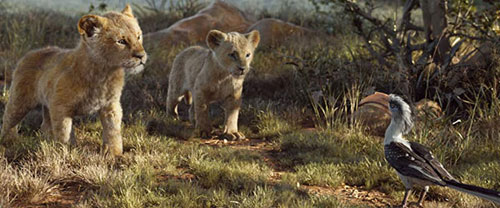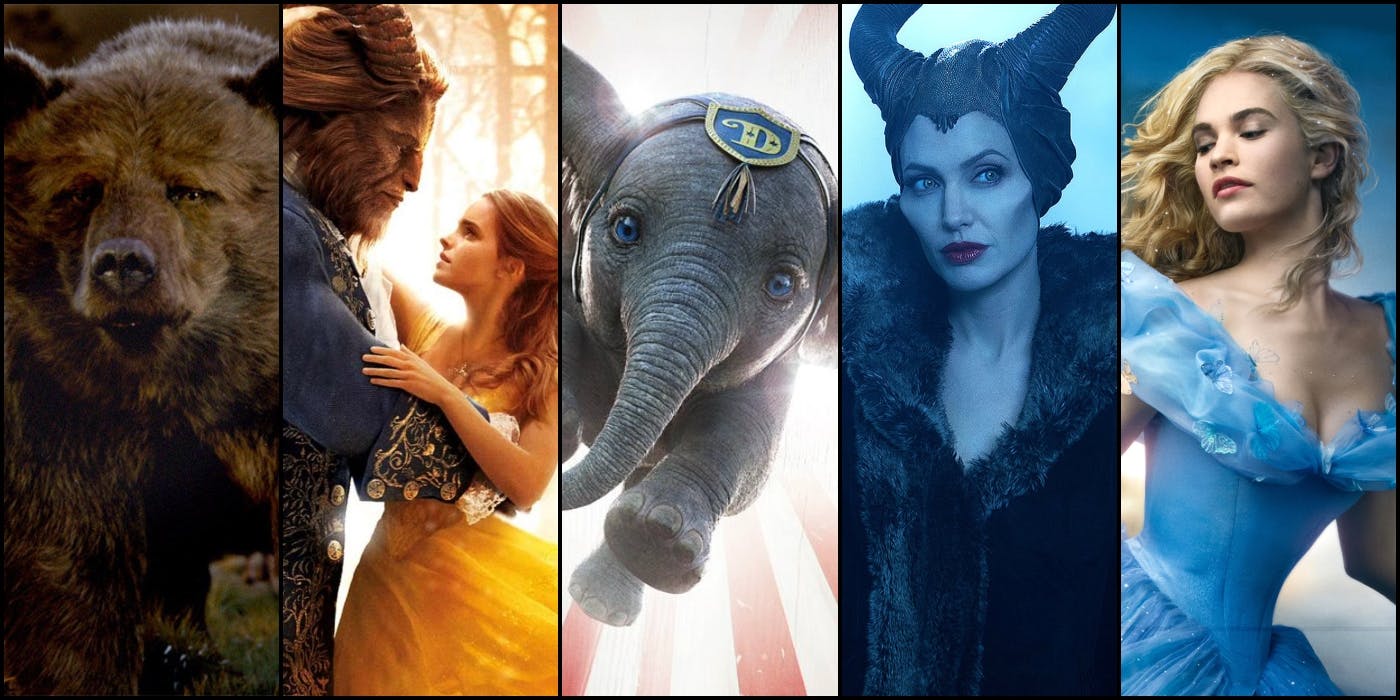Since 2010, Disney has slowly been releasing more and more ‘live-action remakes’ of its classic films. In the wake of 2019’s The Lion King, and with Mulan (2019) soon to be making an appearance on our screens, I have to wonder: who are these remakes for?
The early live-action and photorealistic remakes genuinely intrigued me. Alice in Wonderland (2010) is an excellent film, with Tim Burton’s style beautifully complimenting the bizarreness of the original. Following this was Maleficent (2010), hinting at a future of live-action, villain-focused tales. This route has been all but abandoned so far, although 2020’s Cruella provides a promise of further exploration into alternative point-of-view reimaginings. Cinderella (1950) was never one of my favourites as a child so the 2015 version offered an opportunity to see it through new eyes. Although it was by no means perfect, I could see why the remake worked and Lily James was so stunning in the role that I forgave its flaws.
The point at which I started to lose interest was Jon Favreau’s The Jungle Book (2016), a pattern of choosing the easy option was beginning to emerge and I was concerned for the future of Disney’s cinematic releases. Since then, remake after remake has been announced and released and with little done to justify them beyond making money. Take the latest The Lion King, for example, it is a brilliant demonstration of the filmmaker’s abilities but it comes across as a soulless remake of the original.

So who is Disney making these films for? Logically one would assume they are for the youngest generation to enjoy the classics, but surely an animated colour filled film is far more appealing to younger audiences than a toned-down, ‘photorealistic’ version.
I think the clearest indication of the target audience is with Beauty and The Beast (2017). The casting of Emma Watson speaks volumes about who Disney thinks is watching these remakes. Watson in the role of a book-loving outcast taps strongly into her iconic role of Hermione in the Harry Potter franchise (2001 – 2011). Whilst some could argue this is typecasting for the actress, it also indicates Disney’s desperate push for nostalgia. That is what these films run on. Disney’s target audience is people who have grown up with the 2D animated films, particularly those generations who are prone to 90s nostalgia, such as millennials. These visually updated replicas of the originals are purely to satisfy that desire to see your favourite film once more in the cinema. Those with children bring their kids along so they can say “this was one of mummy’s favourites when she was little”.
Unfortunately, this traps Disney in what they can do, either they must stick so closely to the original it is almost boring or completely abandon the original as they have with Mulan (2019). For me, the films where the source material is treated as inspiration rather than gospel are far more interesting than watching an uncanny-valley rendering of Simba singing a similarly uncanny version of ‘I Just Can’t Wait to be King’.


Where can Disney go from here? In twenty years’ time when technology has advanced once again are we going to get the entirety of Disney’s filmography re-released once more? Personally, I would like them to do more films in the vein of Alice in Wonderland (2010) and I am absolutely chomping at the bit to watch Mulan (2019). Disney’s fear of upsetting their nostalgic audience is exactly what’s beginning to rub people up the wrong way. Ultimately, I want something fresh and interesting from directors who aren’t afraid to take the 2D version and make a meaningful, different and most importantly enchanting film.
Words by Danni Scott
